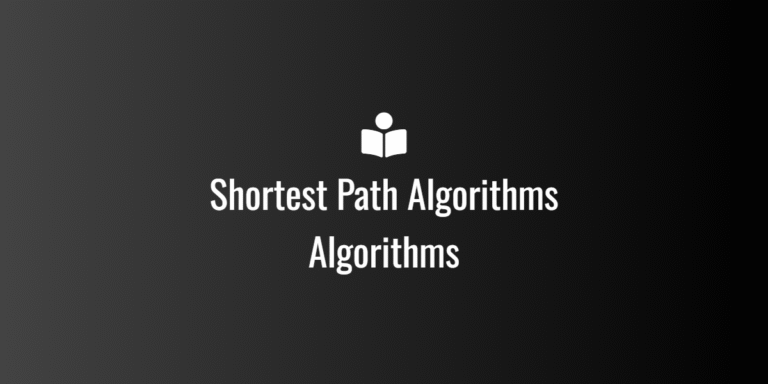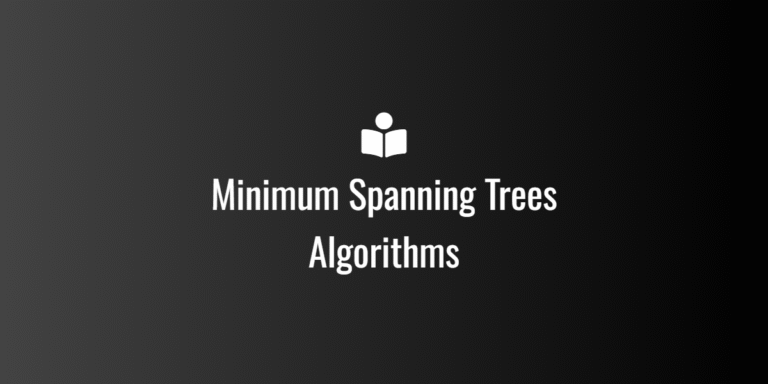
Kanban Agile framework
Kanban is another popular Agile framework used to manage the flow of work. Unlike Scrum, which focuses on time-boxed iterations (Sprints), Kanban emphasizes continuous delivery and improvement through visualizing work and optimizing the flow of tasks. It’s based on the principle of visualizing the work process, allowing teams to optimize the flow of tasks, identify bottlenecks, and improve efficiency.
Key Concepts in Kanban
Here are the core concepts that define Kanban in Agile:
1. Visualizing Work
- The Kanban Board is a visual tool that helps teams track their work. It typically consists of columns representing different stages of the work process (e.g., “To Do,” “In Progress,” and “Done”).
- The Work Items are represented by cards on the board, which move from left to right as they progress through the stages.Example columns might be:
- To Do: Work that needs to be done.
- In Progress: Work that is currently being worked on.
- Testing: Work that is in the testing phase.
- Done: Completed work that is ready for delivery.
2. Work In Progress (WIP) Limits
- One of the key practices in Kanban is setting Work In Progress (WIP) limits. These limits restrict how many tasks can be in each column (or stage) at any given time.
- WIP limits help prevent teams from overloading themselves and ensure that work is completed before starting new tasks. By managing WIP, teams can focus on finishing tasks and reduce bottlenecks.For example, a team might set a WIP limit of 3 tasks for the “In Progress” column, meaning no more than three tasks can be in progress at once.
3. Flow
- Flow refers to the smooth movement of work items through the process. Kanban aims to optimize the flow of work by identifying and resolving bottlenecks or delays in the process.
- Teams focus on ensuring that tasks are completed as quickly as possible by improving efficiency and reducing waiting times between stages.
4. Continuous Delivery
- Unlike Scrum, which operates in Sprints, Kanban focuses on delivering work continuously. As soon as a task is completed in one column (e.g., “In Progress”), it moves to the next column (e.g., “Done”) and can be delivered to the customer or stakeholders.
- This makes Kanban ideal for teams that need to work on a steady stream of incoming requests or those with fluctuating priorities.
5. Pull System
- Kanban is based on a pull system, where a new task is pulled into the workflow only when capacity is available. This contrasts with the push system used in other methodologies, where tasks are assigned without considering current workload.
- With a pull system, a team can avoid overloading and ensure that they are not starting new tasks until the current ones are finished and WIP limits are respected.
6. Cycle Time
- Cycle Time is the amount of time it takes for a work item to move from the start of the process (e.g., “To Do”) to the end (e.g., “Done”).
- Monitoring cycle time helps teams identify inefficiencies in the process and work on improving the speed of delivery.
Kanban Practices and Benefits
1. Kanban Board
A Kanban Board is a core tool used in the Kanban framework. It provides a visual representation of the workflow and makes it easy for the team to see:
- The status of tasks.
- Where bottlenecks are occurring.
- How much work is in progress at any given time.
Types of Kanban Boards:
- Physical Boards: A whiteboard with sticky notes (cards) and columns.
- Digital Boards: Tools like Trello, Jira, or Kanbanize provide online Kanban boards with additional features like analytics and real-time collaboration.
2. Flow Efficiency
- Flow Efficiency is a measure of how efficiently work items move through the process.
- By identifying bottlenecks and addressing them, teams can improve their flow efficiency, allowing them to deliver value faster.
3. Cadence and Continuous Improvement
- While Kanban does not use time-boxed iterations like Scrum, it encourages regular meetings, such as daily standups and retrospectives, to discuss progress and improve the process.
- Continuous improvement is a core concept of Kanban. Teams regularly evaluate their workflow and WIP limits to ensure they are maximizing throughput.
Kanban vs. Scrum
While both Kanban and Scrum are Agile frameworks, they differ in their approach to work management. Here’s a quick comparison:
| Aspect | Kanban | Scrum |
|---|---|---|
| Timebox | No time-boxing, work is continuous | Fixed time-boxed iterations (Sprints) |
| Work Process | Visualizes the entire flow of work, with WIP limits | Structured phases with Sprint Planning, Execution, Review, and Retrospective |
| Work Allocation | Tasks are pulled based on team capacity | Tasks are planned in advance for each Sprint |
| WIP Limits | Strong emphasis on limiting WIP for flow | No concept of WIP limits (though Sprint scope is fixed) |
| Flexibility | Very flexible; work items can be added at any time | Fixed scope for each Sprint, changes within the Sprint are discouraged |
| Focus | Continuous delivery, optimizing flow and efficiency | Iterative delivery, with fixed goals in each Sprint |
| Roles | No predefined roles (though roles like Scrum Master may exist) | Defined roles (Product Owner, Scrum Master, Development Team) |
| Planning | No formal planning events, just managing the flow | Sprint Planning for each iteration |
| Feedback Loops | Continuous feedback and improvement through flow analysis | Feedback at the end of each Sprint during Sprint Review and Retrospective |
Benefits of Kanban
- Flexibility: Kanban allows teams to adjust and change priorities easily without being constrained by rigid time-boxes (unlike Scrum).
- Continuous Delivery: Kanban supports continuous delivery, so work is completed and shipped as soon as it’s done, rather than waiting for the end of an iteration.
- Improved Efficiency: By focusing on flow and limiting WIP, teams can identify and address bottlenecks, improving the overall speed and efficiency of work.
- Visibility: The Kanban board provides a clear, visual representation of the workflow, making it easy for teams to track progress and identify areas for improvement.
- Reduced Cycle Time: Kanban helps reduce the time it takes to complete work items by ensuring that tasks are focused on until they are finished, rather than starting new tasks prematurely.
When to Use Kanban
Kanban is ideal in the following scenarios:
- Continuous workflow environments: Where the work is ongoing and doesn’t necessarily fit into fixed iterations (e.g., support teams, maintenance work, or environments with fluctuating priorities).
- When you need flexibility: For teams that need the ability to adapt quickly to changing requirements or unpredictable workloads.
- When you have a high volume of incoming work: Kanban helps manage work that comes in sporadically or unpredictably.
Conclusion
Kanban is a highly effective Agile framework for teams that need continuous delivery, enhanced flexibility, and optimization of work flow. By using visual tools like the Kanban Board, setting WIP limits, and focusing on flow efficiency, teams can improve both their performance and the quality of their product.


